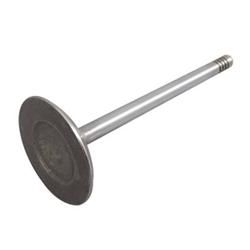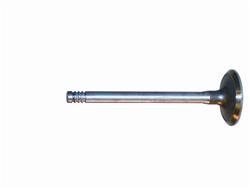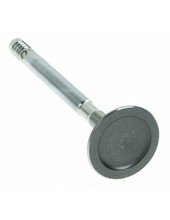Guys, first of all, THANK YOU ALL for your time and attention!
I was getting really frustraded down here...
So, to start, I'd like to say that I got another "measurement instrument", a newer and more precise one, and I'm going to check it all again, as I found out my current tool might be off "a little", and that I was missreading it.
It should be here next week, as I got it from an online store.
Machine shops are not "abundant" in Brazil, I took my heads to the best in our town, the only one I actually didn't hear any complaints.
V8s are not very commom down here, so not every one has worked on them.
(none in my town accepts to install valve guides, to give an idea...)
So yes, not "everyone" is into racing...
69 cuda 440, thanks a LOT for the tips, and the PM!!
I imagined valve stem height was important, specially with non adjustable rockers.
I just don't have any "references" on what would be RIGHT, acceptable, or "do it again".
Rusty, I mentioned spring installed height thinking I could consider the retainers a reference, I hadn't noticed until that point that they were also "off".
What should I take as starting point, "ground zero" or someting like that, as evething I measured until now seems to be off?
Spring seats maybe?
I know those weren't ground...and as far as I could see, no shims installed.
How high should the tips of the stems be, from the spring seats?
Is it a trustable measurement?
All my valve seats were ground, all valves were ground to "mate" the surfaces, and exaust valves are new units oversize +15 on stems due to guide excessive play. Intakes were perfect in the guides.
The face of the heads was just "cleaned", as barelly no material was removed.
One important thing I missed is if valves were ground "2 angles" like stock or 3...I would guess 2, damn.
From the spring seats up, if there is a difference in hight to the retainers, it means the valve seats were ground to different depths?
If this is the case, the only way to correct it is regrinding valve seats?
What if most of the retainers are within specs, and only one or another are higher?
Could I shim these to correct spring instaled height and grind stem tips to correct valve stem hight, or is it a no no?
I guess this is more or less what 67 Dart 273 mentioned, but I don't know if that could be done to "just a few" peaces or if it only works for all of them.
67 Dart 273, that part about effective valve lash I really didn't get.
Guess I need some clarifing on that...
That talk about Soux and Serdi...are those "grinding" machines?
These kind of machines are not commom here...
I will measure chamber cc's, I was told break fluid is good for this purpose.
If I use it and get no leaks down the valves, is "sealing" ok, or that doesn't mean much because there's no pressure?
Ok, so, IF my measurements are correct, as it is right now, it wouldn't be a problem?
(to my engine combo?)
I deffinetly don't want a race engine, my intentions are having a RELIABLE and "a bit healthier" engine, to cruise and hit the road, as I intend to visit some distant car shows.
Once again, thank you all!!
As soon as I check measurements I'll post them here again.





















